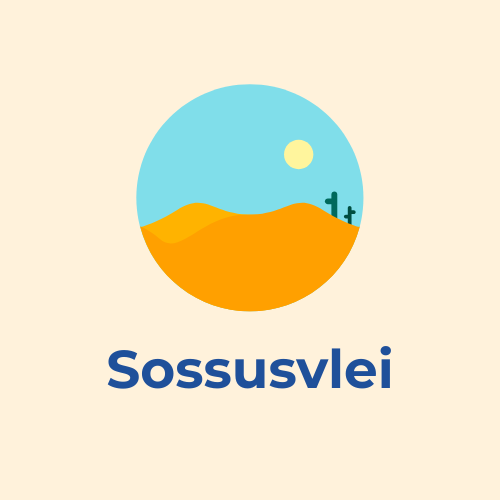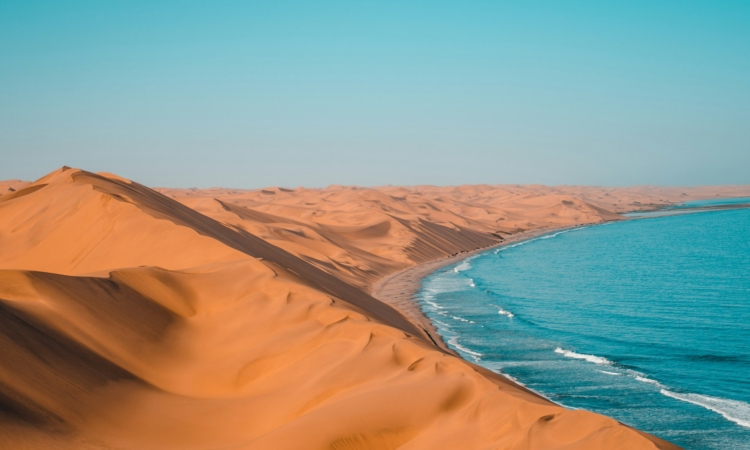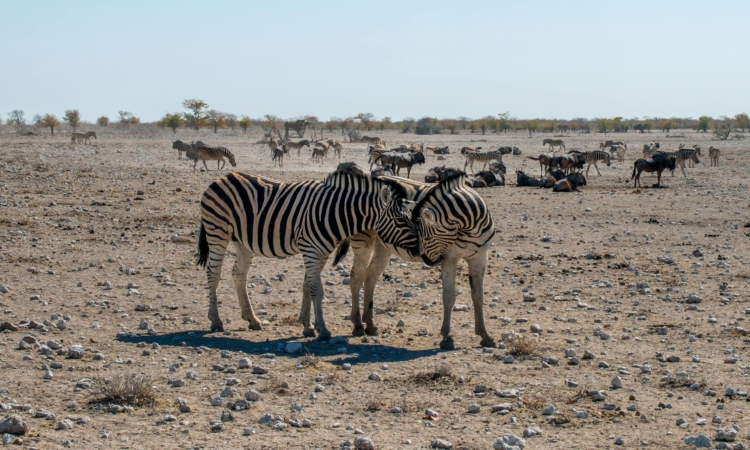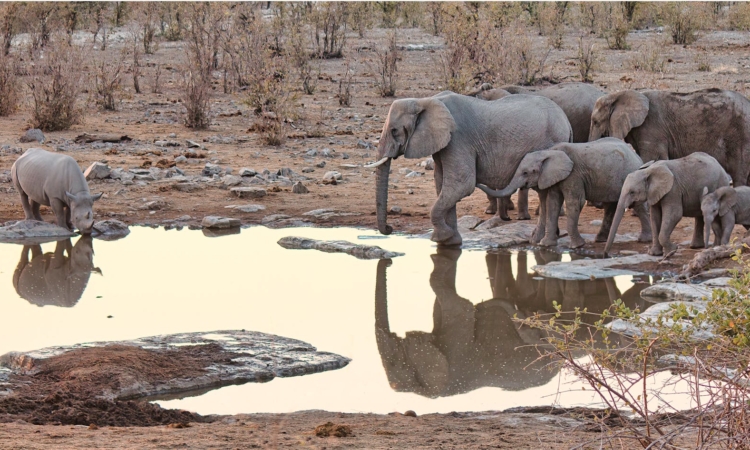Pack light, comfortable, and neutral-colored clothes for Sossusvlei. Also, bring sun protection items like sunscreen, sunglasses, and a hat. Binoculars, a camera, and a flashlight are also useful. Don’t forget a small first aid kit, insect repellent, and a reusable water bottle.
Think about the following:
A hat with a wide brim can help protect your eyes and neck from the sun.
The sun can be very strong, and it can be tiring to look at the bright, hot landscape while trying to spot animals. Sunglasses with good polarized lenses are very helpful. They are also important for drivers who need to keep their eyes on the hot, dusty roads.
Bring a swimsuit and towel if you plan to cool off in the pool at the camp on hot days.
For bird-watching, a stronger magnification is better, but binoculars with 8 x 30 magnification work well for spotting animals.
A flashlight is helpful where there is no electricity and for loading the car early in the morning. It is necessary if you are camping. Don’t forget to pack extra batteries.
You will probably want to take photos to remember your trip. Everyone has different needs when it comes to cameras. You can check our Etosha Photo section for more advice on photography and gear.
Lip balm and sunscreen
Namibia is hot, sunny, and dry. You need a good sunscreen and lip balm because many visitors get dry, cracked lips.
Insect repellent
Some people debate about using insect repellent because it can harm small insects, which are part of the food chain. Most repellents kill insects, not just keep them away. Instead, I suggest sleeping under a mosquito net and wearing light trousers and long sleeves in the evening.
Water and hydration
In Namibia, you will drink more water than usual because the dry heat dehydrates you. An insulated water bottle helps keep your water cool and keeps you hydrated during the day.
After sweating in the heat for several days, rehydration salts can help your body feel better. But the best solution is to drink plenty of water.
Power plug converter
Bring a converter for Namibia’s round 2 or 3-pin plugs, the same as those used in South Africa. Many electronic items charge through USB, so a multi-USB travel adapter is a good thing to buy at the airport.
Basic first aid kit
Include tweezers, plasters, headache medicine, antiseptic, and other basic items.
Personal medication and hygiene items
Carry enough of your personal medicines and tell your doctor you’re traveling. Ask them to write a note showing that your prescription is necessary. This can help avoid problems at border checks. Namibia has sanitary pads, but your usual brand may not be available, so bring extra if needed.




